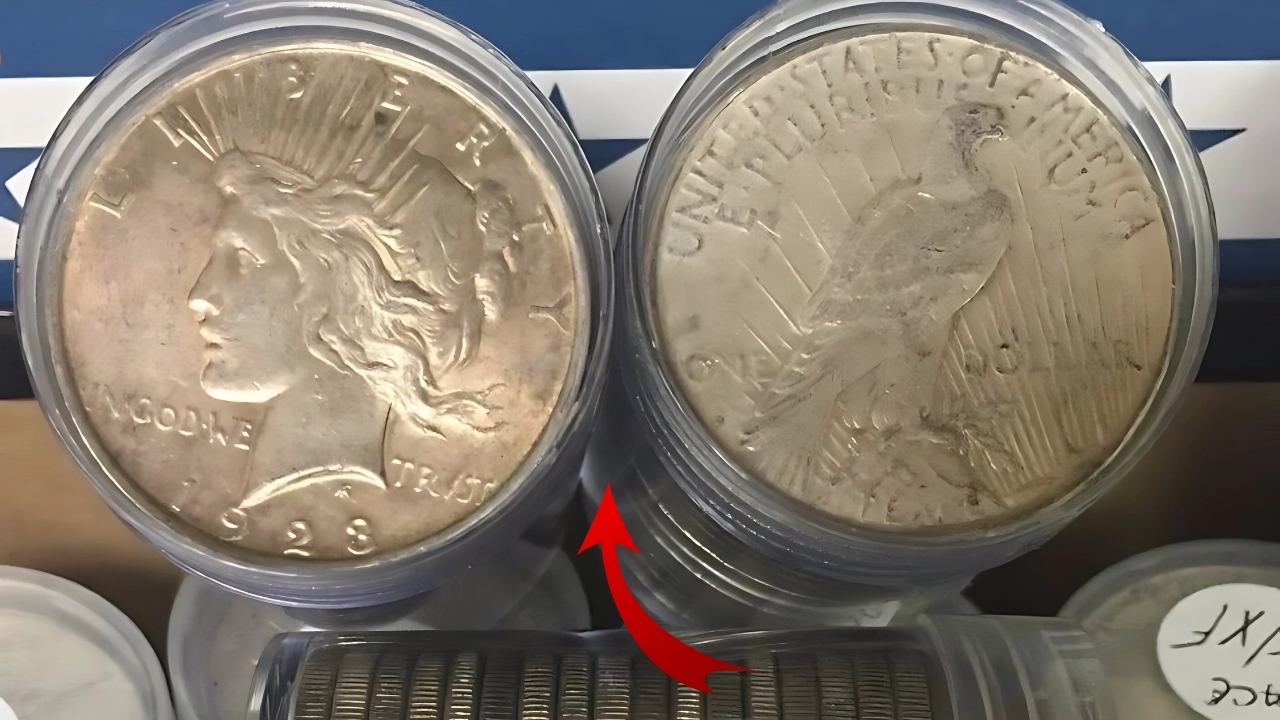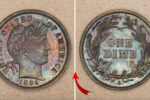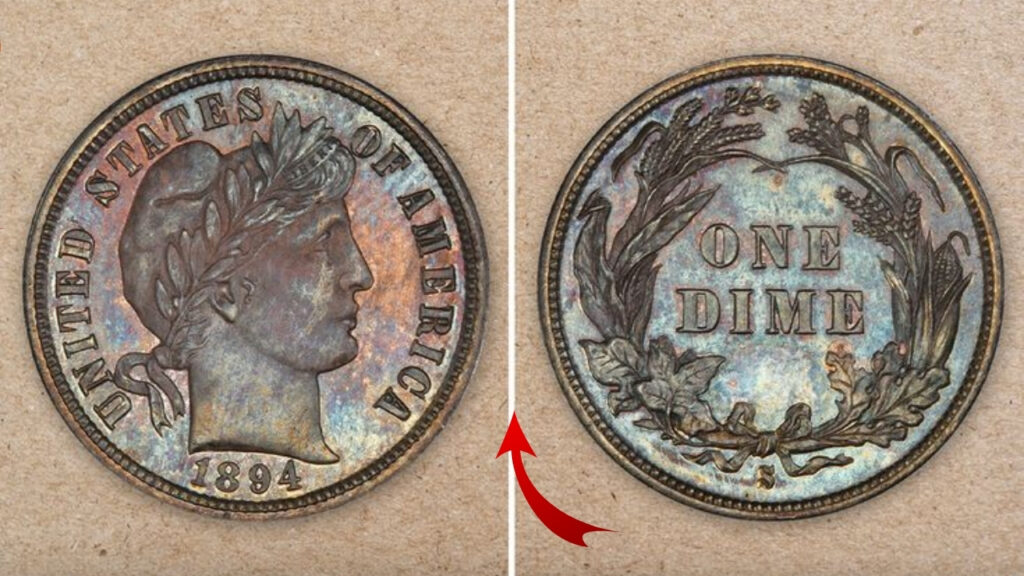1964-d peace dollar: The 1964-D Peace Dollar may be the most enigmatic coin in the annals of American numismatics.
Unlike many other legendary rarities for which the single issue was due to mintage error, design variation, or limited production, but which were ultimately made available to the collector market, the 1964-D Peace dollar is something else entirely: coins struck by the U.S.
Mint in Denver that were never issued as legal tender and were allegedly destroyed. This unique status has elevated the 1964-D Peace Dollar into more than just a coin, but rather now a part of numismatic lore, a phantom coin that many can’t believe exists despite a history of documented production.
Table of Contents
1964-d peace dollar: Background and production rationale

The Peace Dollar’s history started in 1921 as a coin to commemorate the end of World War I, and the last coins were struck in 1935 when production came to a close.
Almost 30 years later in August of 1964 however, congressed then voted for the manufacture of 45 million silver dollars.
This action followed a national coin shortage, and fears that silver hoarding (since the metal value of silver-based coins was approaching the face value of the coins) would undermine the mints’ ability to strike silver coins.
To the surprise of many, the Treasury Department, led by Secretary C. Douglas Dillon, instead chose to not design a new reverse and revived the Peace Dollar’s design.
This decision was made mainly out of necessity; the Peace Dollar dies could be prepared swiftly without the longer lead time necessary to design a new coin.
The Denver Mint struck their first Kennedys in May 1965 (dated 1964 with the “D” mint mark). Some 316,000 Peace Dollars were coined before an unannounced order from the Treasury Department brought production to a sudden halt May 24, 1935.
The ostensible reason was that there was too shoemaker’s under ridged surpluses just for them to be hoarded and put back into circulation, making the problem of the shortage of coined money worse.
Order for the annihilation and the controversies
After production ceased, the Treasury Department ordered that all 1964-D Peace Dollars ever made be melted down into bars.
All of the coins were officially “melted down” and also the mint employees were searched extensively each day leaving work to ensure that a single coin was not removed from the mint.
This version from officialdom, however, has been reconsidered by numismatic researchers and historians for some reasons:
In 1965 The Denver Mint hired hundreds of employees who has access to production locations, making full containment was hard to enforce.
Production figures found in newspapers report numbers up to 316,000 pieces, while Mint records show discrepancies.
And a number of witnesses (not all) that are credible—some of whom are former Mint employees—have signed sworn affidavits swearing to have seen or touched 1964-D Peace Dollars after the destruction order.
The temptation for an employee to pilfer a few examples would have been irresistible, for in 1965 numismatists would already have been aware of their potential value as collectibles.
Legal and Political Status
What makes 1964-D Peace Dollars so interesting is that they are technically illegal to own. Then, unlike many other unreleased coins that are owned by individuals and only occasionally sold, the Treasury Department contends that all 1964-D Peace Dollars were melted.
This would mean that any survivors are technically the property of the Government, and as such possibly illegal to hold privately under laws relating to ownership of unreleased mint products.
This legal position has resulted in a bizarre scenario where, while a collector can’t publicly admit owning one of these coins, not even with the qualifier, if they do exist, and have been hiding in a secret place for decades, PCGS and NGC won’t certify any 1964-D Peace Dollar that is sent in to them, for obvious reasons.
Officially, the government stance had also driven any possibly remaining samples well underground, making the presence of the specimens an even greater enigma.
Speculation, Claims and Reported Sightings
Getty Images Equally unconvincingly, there have been several not-entirely-credible reports of 1964-D Peace Dollar sightings over the years:
In the 1970’s, a man who had worked at the Denver Mint was said to have shown a 1964-D Peace Dollar to a number of prominent numismatists working a coin show only to leave shortly after.
In the 1980s, Teller said, rumors began to percolate that a high-roller collector in Texas was getting his hands on them through contacts at the Denver Mint.
Anonymous photographs were submitted in the early 2000s that purported to show a 1964-D Peace Dollar, which caused a run in the numismatic community for the then condemned fake.
Most tantalizingly, former Mint workers have also submitted sworn statements to the effect that the destruction process was actually not as absolute as it has been publicly portrayed, suggesting that some examples of the coin did manage to escape the melting pot.
Collector Value and Market Impact
An official production that was ordered to be destroyed by the government combined with legal battles has resulted in creating a legend perhaps unequaled in the numismatic world.
According to numismatic experts the 1964-D Peace Dollars are such a rarity that if government reflection were to appear in the open market, with proof of its authenticity and where it originated, would be worth in excess of $1,000,000.
Its rarity aside, this figure also clearly indicates its historical significance as a “canceled” coin (bridging the classic silver dollar years and the era of modern clad coinage).
It’s the final piece of the “American Classic” half dollar series that is otherwise completable with a big checkbook and patience.
1964-d peace dollar: Numismatic Legacy
More than not just a potential rarity, the 1964-D Peace Dollar is a great example of a wonderful study of numismatic policy, government openness and silver and clad coinage in American history.
Intended to be minted to the maximum of its 200,000 statutory mintage limit, the issue was halted in 1800 when a fashion fad or abuse of the denomination caused the fishhook and drapery to wear quickly, almost immediately making it uneconomical to make more.
In the world of numismatics, the 1964-D Peace Dollar continues to be the Schrödinger’s cat of coins—it is both extant and non-extant until some clear evidence is unearthed.
To collectors of United States coinage, its position as the possibly most unattainable American coin in history (for which a public example currently exists as it is illegal to own one privately) means this legend will not only live on, but will also continue to draw the attention of many generations of numismatists to come, even if no example is ever seen again.
Until then, the 1964-D Peace Dollar remains the phantom coin’s phantom coin—officially made, officially destroyed, unofficially tantalizing.


